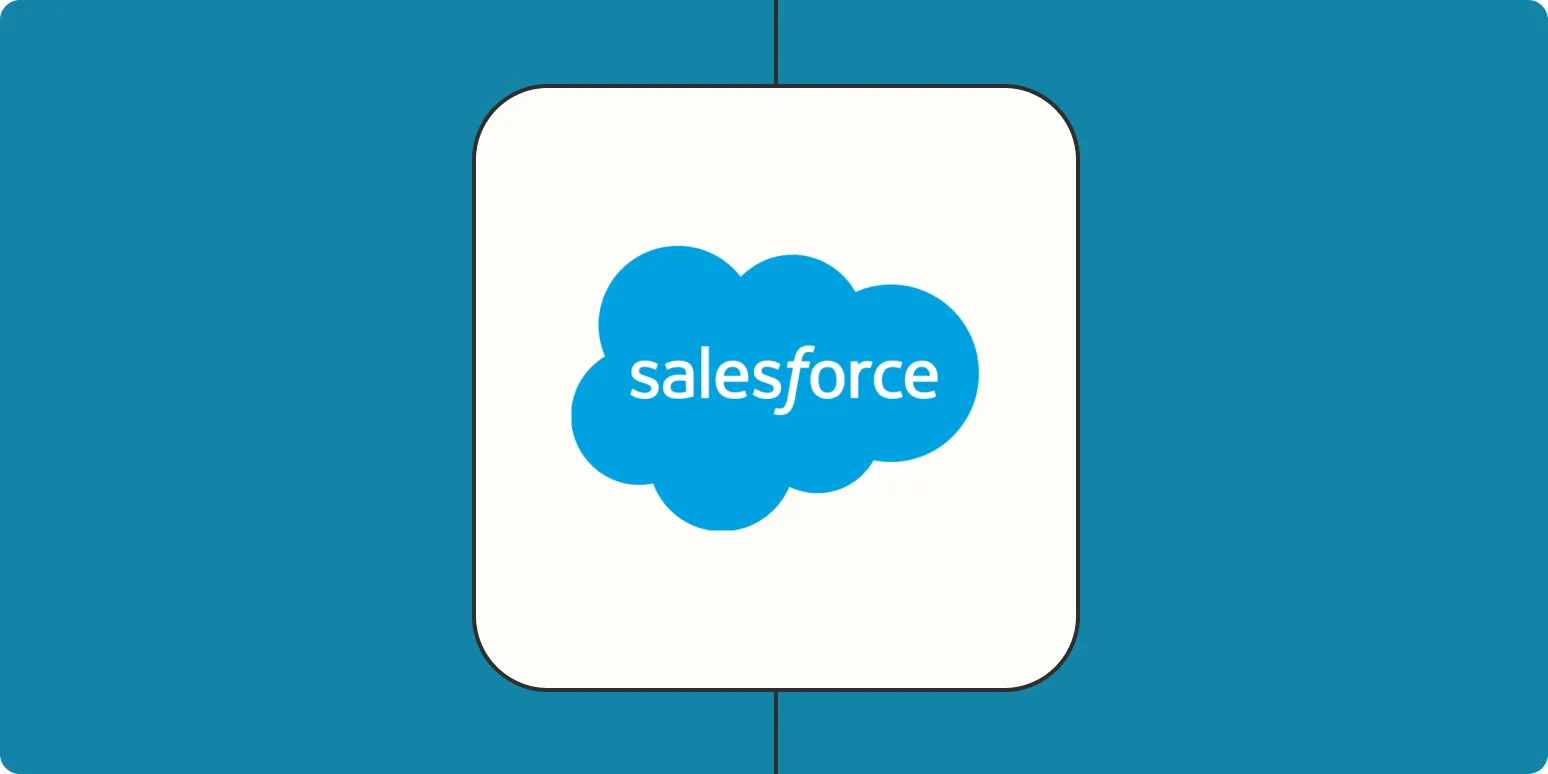Creating a dashboard in Salesforce can significantly enhance your data visualization and reporting capabilities. Dashboards provide a consolidated view of your key metrics, allowing you to make informed decisions quickly. Here’s a comprehensive guide on how to create a dashboard in Salesforce and the best scenarios for using them.
Understanding the Basics of Salesforce Dashboards
Before diving into the creation process, it’s essential to understand what Salesforce dashboards are. A dashboard in Salesforce is a visual representation of your data, displayed in various formats such as charts, graphs, and tables. These dashboards rely on reports, which serve as the underlying data source. You can customize your dashboard to fit your specific needs, ensuring you’re always focused on the most relevant metrics.
When Should You Create a Dashboard?
Considering when to create a dashboard is just as crucial as knowing how to do it. Here are some scenarios where a dashboard becomes invaluable:
- Tracking Sales Performance: Use dashboards to keep an eye on sales metrics such as revenue, conversion rates, and lead generation.
- Monitoring Marketing Campaigns: If you’re running multiple campaigns, dashboards can help visualize the effectiveness of each campaign, making it easier to allocate your budget wisely.
- Customer Support Analysis: Create a dashboard to monitor customer service metrics, like ticket resolution times and customer satisfaction scores.
- Project Management: For teams managing multiple projects, dashboards can help track progress, deadlines, and resource allocation.
Step-by-Step: How to Create a Dashboard in Salesforce
Now that you understand the importance of dashboards, let’s dive into the steps to create one in Salesforce.
Step 1: Navigate to the Dashboards Tab
After logging into your Salesforce account, locate the “Dashboards” tab in the navigation menu. If you don’t see it, you may need to click on the “App Launcher” (the grid icon) and search for “Dashboards.”
Step 2: Click on “New Dashboard”
Once you’re on the Dashboards page, click the “New Dashboard” button. You’ll be prompted to enter a name and description for your dashboard. Make sure to choose a name that reflects the purpose of the dashboard clearly.
Step 3: Select a Folder
Choose a folder where your dashboard will be stored. You can either select an existing folder or create a new one. This step is crucial for organizing your dashboards and ensuring easy access for your team.
Step 4: Add Components
Now comes the exciting part—adding components to your dashboard! Click on the “+ Component” button. You will see a list of available report types, such as charts, tables, and gauges. Choose the report that best fits your needs and drag it into the dashboard.
Step 5: Configure Component Settings
After adding a component, you can configure its settings. This includes selecting the data source, adjusting the display type, and setting filters. For instance, if you’re creating a sales dashboard, you might want to filter results by region or product line. Ensure that the data displayed is relevant to your team’s objectives.
Step 6: Arrange Your Components
Once you’ve added all your desired components, it’s time to arrange them for optimal viewing. You can drag and drop components to reposition them, ensuring that the most critical information is front and center.
Step 7: Save and Share Your Dashboard
After finalizing your layout, click the “Save” button. You can also share your dashboard with team members or specific user roles. This step ensures that everyone has access to the same data and insights.
Step 8: Monitor and Update
Creating a dashboard is not a one-time task. Regularly monitor the data and update your dashboard as necessary. This ensures that it remains relevant and continues to provide valuable insights into your business operations.
Best Practices for Salesforce Dashboards
To make the most out of your Salesforce dashboards, consider the following best practices:
- Keep It Simple: Avoid cluttering your dashboard with too many components. Focus on the most critical metrics to ensure clarity.
- Use Color Coding: Utilize color coding to highlight performance levels—green for good performance, red for areas needing attention.
- Regularly Review Metrics: Periodically assess the metrics displayed on your dashboard to ensure they align with your business goals.
- Incorporate User Feedback: Encourage team members to provide feedback on the dashboard’s usefulness and make adjustments based on their needs.
Conclusion
Creating a dashboard in Salesforce is a straightforward process that can yield substantial benefits for your organization. By visualizing key metrics, you can make informed decisions that drive growth and efficiency. Whether you’re tracking sales performance or analyzing marketing campaigns, a well-structured dashboard is an invaluable tool in your business toolkit. Implement these steps and best practices to create effective dashboards that can transform the way you view and manage your data.





